What is Clash and How to Win - a League of Legends Guide
Do you need something fun to do with friends? Do you like to compete! Then Clash is what you need!
Do you need something fun to do with friends? Do you like to compete! Then Clash is what you need!
Clash is a competitive tournament for pre-made five-on-five League of Legends that rewards players with in-game loot!
Clash was first launched in 2017 and has since become very popular for groups of friends that are looking for something to do on the weekend! The tournament was originally set to be a mix of 4-team, 8-team, or 16-team brackets, but has since been revised to the much preferred 8-team bracket where every team is guaranteed to play three games!
Any player that wants to enter the tournaments only needs to have an account with a Summoner level of 30+, have completed placement matches in Ranked Solo/Duo or Ranked Flex for that season, and verify the account with an SMS account! Aside from that, it’s just about getting a team together with some friends or queueing up to join a team in need of a player!
Once you have your team organized and committed to playing in the scheduled tournament, all it takes is one player to open the Clash tab on the League of Legends Client, click “Create a Team” and then create the team’s name, tri-code, and logo for your squad! Once that’s complete, invite your friends and set a reminder for game day!
On game day, once the window for tournament’s opens, you and your team will need to ‘Lock In’ to confirm your attendance before you can be seeded into an 8-team bracket in one of the four skill levels of play.

Now that Clash has been available for almost five years, it’s a regular event so don’t feel too bad if you just missed one or if your friends’ plans don’t line up for the next one! To check when the upcoming tournaments are, in the same Clash tab, under the Home page, you can scroll down under where you would normally click to create your team to see the entire schedule, months in advance!

Alright, so you’ve got your team built and ready to play on game day. You really want to win to get the most rewards and have a blast with your friends, but you don’t know how to approach this type of League of Legends. Afterall, it’s not just any type of League of Legends game, this is a pre-made team with organized gameplay. So, if you truly want to win, then you need to pull out all the stops and learn to strategize before the game. That’s honestly half the battle in pre-made games! If you can draft a team composition that enhances your team’s collective playstyle, while preventing the enemy from playing a composition that they can thrive in, then you’re already a massive step ahead of them!
The most important side to the draft is what the enemy will play, or at least want to play. You should always consider what the enemy wants to do before you consider what you want to do. The best analogy for this is to consider how you would win an unfair fight. First, equal the playing field. You obviously can’t just “get good,” so instead, inhibit the opponent’s ability to perform, level the playing field, and then do what you can to perform at your best! Always have respect for your opponent and assume that they are better than you!
With that out of the way, let’s discuss the importance of scouting. Scouting in Clash isn’t exactly like it is in pro play. The unfortunate reality is that there are certainly players that purposefully play on a second account with minimal information on the account to prevent you from identifying what they like to play. Since that is out of your control, it’s not really worth considering, but it’s at least worth mentioning.
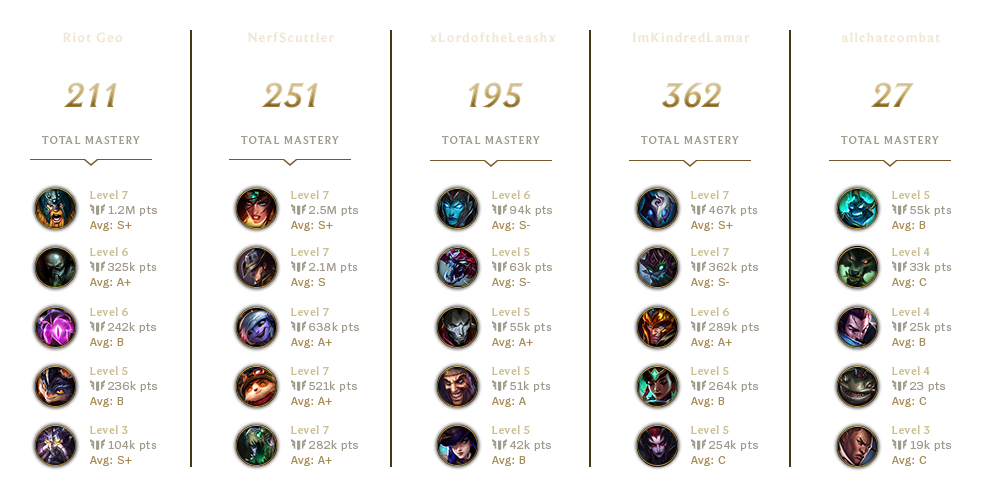
Identifying Potential Champion Mastery Problems Like 2.5M Sivir
What should you do first? Identify the player on their team that is either the most skilled (by rank), or the most consistent (by reviewing their match history). Most teams will have a clear ‘carry’ on their team because they are either ranked way higher, or have consistent, high-quality performances in their recent history. Again, you’ll want to inhibit their win conditions, and it’s a safe assumption that this player will play a key role.
Once identified, start by scouting this player first because you’ll want to aim to ban out their comfort picks in the first phase. You don’t want to use all three bans on this player if you don’t have to, because there are always Champions worth banning because they are just overpowered, or because they might offer the enemy team a powerful flex pick that could really hurt your draft. At least one ban is a must, but preferably, two will be the sweet spot for an important reason that we will highlight later.
When you know what to ban from that player, start looking at any stats that stand out for the other players. Does the top laner play a lot of split-push? Does the bot laner only play Marksmen? If so, do they prioritize late-game hyper carries? Answering these questions will get you a feel for the type of players they are, and the priorities they have in their draft. It will take some time to start to make connections between your answers to these questions, and the right decisions to make in the draft, but with enough analysis, you’ll eventually get there.
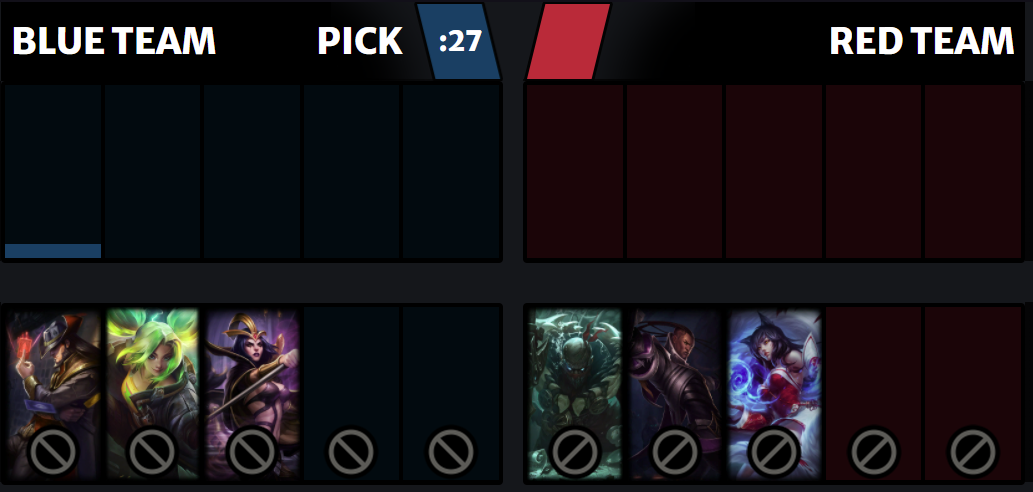
As an example, if the enemy team has a player that loves playing hypercarries like Vayne or Kog’Maw, they will surely prioritize a peeling Support that can disengage throughout the early and mid-game to help them scale to late game with as little friction as possible. It is highly unusual to pick a hard engage Support to pair with Champions like this, unless they are confident in their laning, or will also pair a strong ganking jungler with it that can camp the lane to accelerate their scaling.
All this is to say, your first three bans are incredibly important because the enemy will not have any chance to play them, unlike the fourth and fifth bans that are after the first three picks. This means that, if they really wanted to, they could have chosen either of those two Champions already but didn’t for a reason.
The final two things to consider in the Scouting Phase, is a Champion or two of each player that is worth a ban in case things change during the actual draft. Especially for the second rotation of bans, there may be a reason to shift and ban two different things than what you had in mind. Finally, if you’ve got time left, review what information you have available for your enemies to start considering what they are going to ban against you! Remember, you always want to knock your opponent down to your level, which means they will want to do the same to you! Be prepared for that!
It’s time to draft. Using your scouting phase, you should know what Champions you want to ban, and if you have time, what Champions they will ban against you. Without going into the specifics of red side and blue side, we will cover the most important theories of Champion Select. First, you want to save a counter-pick for a position that will be most important to have a good matchup. Normally, this is in one of the two solo lanes, but could easily be one of the other positions, especially if you have a ‘cheese’ pick like Miss Fortune support!
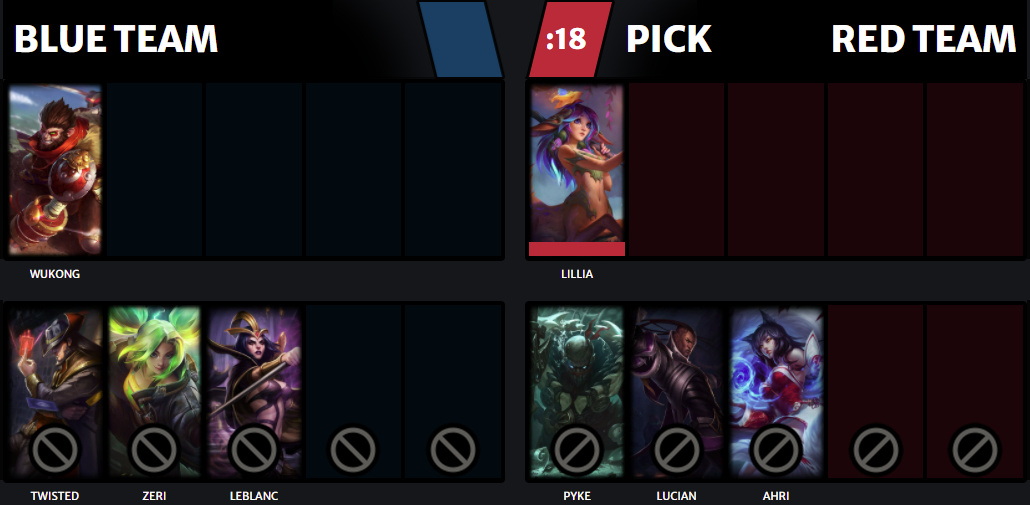
Based on the bans that occurred, you should have a priority list of what the best Champion options there are for each player on your team. Ideally, you don’t stray far away from the top five most comfortable Champions but do your best to draft a thematic that enhances your playstyle! I would highly recommend, using your first pick (or two on red side), to grab whatever you think is the strongest Champion you would want to play, and especially if the enemy team also has games played on it.
Once your first and second picks are locked in, the position you want to grab third pick for is very important for the rest of the draft. If your mid laner has already drawn 2-3 bans and they don’t have an ocean’s worth of comfort Champions, it’s probably best to pick their Champion now, before the second round of bans. This will prevent the player from being ‘pinched’ even more! Alternatively, if you have already locked in their Champion in the first or second pick, consider what roles they have already chosen Champions for. If they first picked a top laner and you haven’t picked yours yet, there aren’t many reasons to prolong your top lane pick, so instead you should lock in the counter pick that the player is comfortable with now! Or else you give the enemy team the chance to ban both major counters to their laner and can greatly reduce your ability to counter pick and capitalize on their early pick of a solo laner!
In most situations, you’ll have a bot laner, jungler, and support or one of the two solo laners drafted after the first three picks. In the second round of bans, you’ll usually want to target ban two Champions of a specific player that could perform well with what the enemy already has drafted. Of course, if the enemy has not counter-picked one of your Champions from the first round, this is a great opportunity to remove options that could be drafted to counter the first round solo laner you have already drafted!
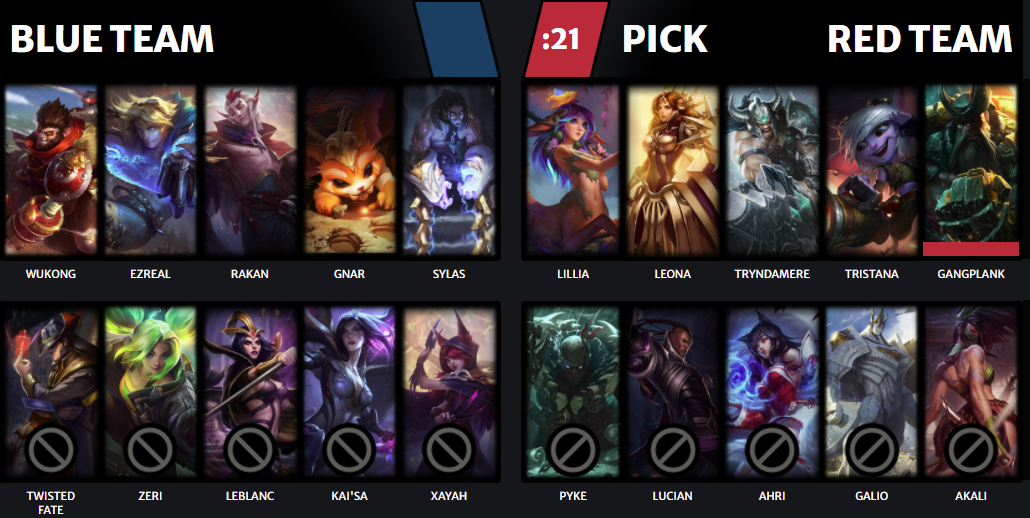
In your last two picks, it’s important to pick what makes sense in the thematic you have already started drafting. For example, if you have already drafted an early-game focused team, it’s not wise to all of a sudden pick late-game options. Instead, you should look at how you can further enhance your win condition, or complete one if it’s not already clear. If you start with a team draft that shows a clear priority towards the bot lane, then you should look to pick a strong weak-side top laner that can withstand the pressure the enemy will likely apply to the opposite side of the map.
The final key piece to the puzzle is having in-game options available based on how the enemy team draft. A great example of this is in Champions that have versatile build paths that can allow them to build items that are strong against the enemies without negatively impacting the drafted Champion’s strengths in any meaningful way. Jarvan IV is an example of a Champion that has great early game pressure that can build full damage if needed, full tank, or somewhere in the middle and it won’t seriously impact his influence on the game unless the wrong path is chosen! This is why it’s critical to consider this before loading into the game, so you can get your Runes in order and have an idea of your core build for the game!
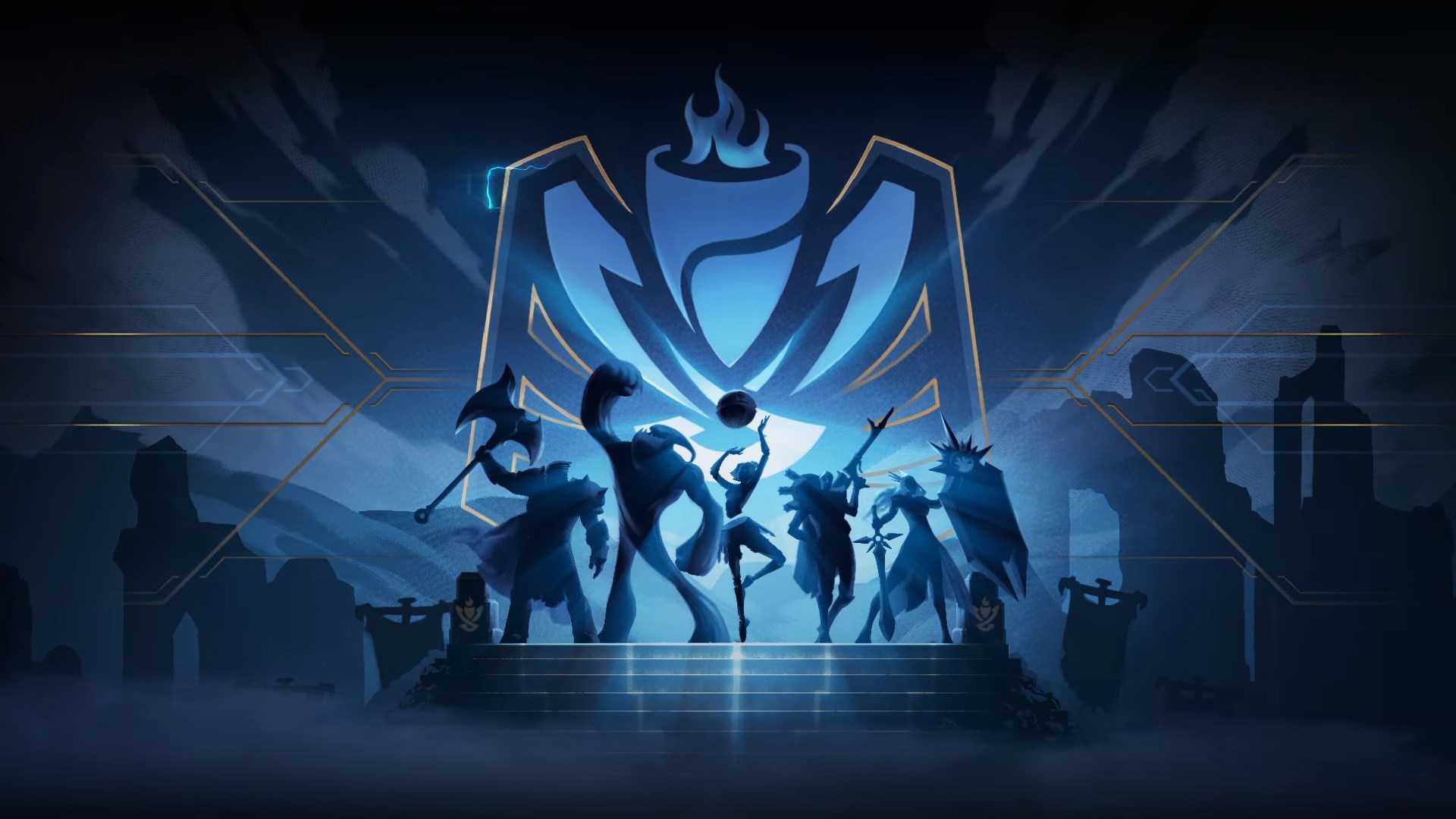
There are many compositions that are powerful in Clash, but it’s more important to draft a team composition that feels right for your team. If your team plays well in the late game, you need to draft a team that can survive to get to late game, or at least accelerate the game towards the later stages. If you and your friends have great communication, perhaps a more aggressive early game composition, or even a ‘1-3-1’ split pushing composition will work wonders for you!
Regardless of the composition, stick to the basics, stay focused, and never give up because the game is not over until the Nexus explodes!
Do your best and keep asking questions!